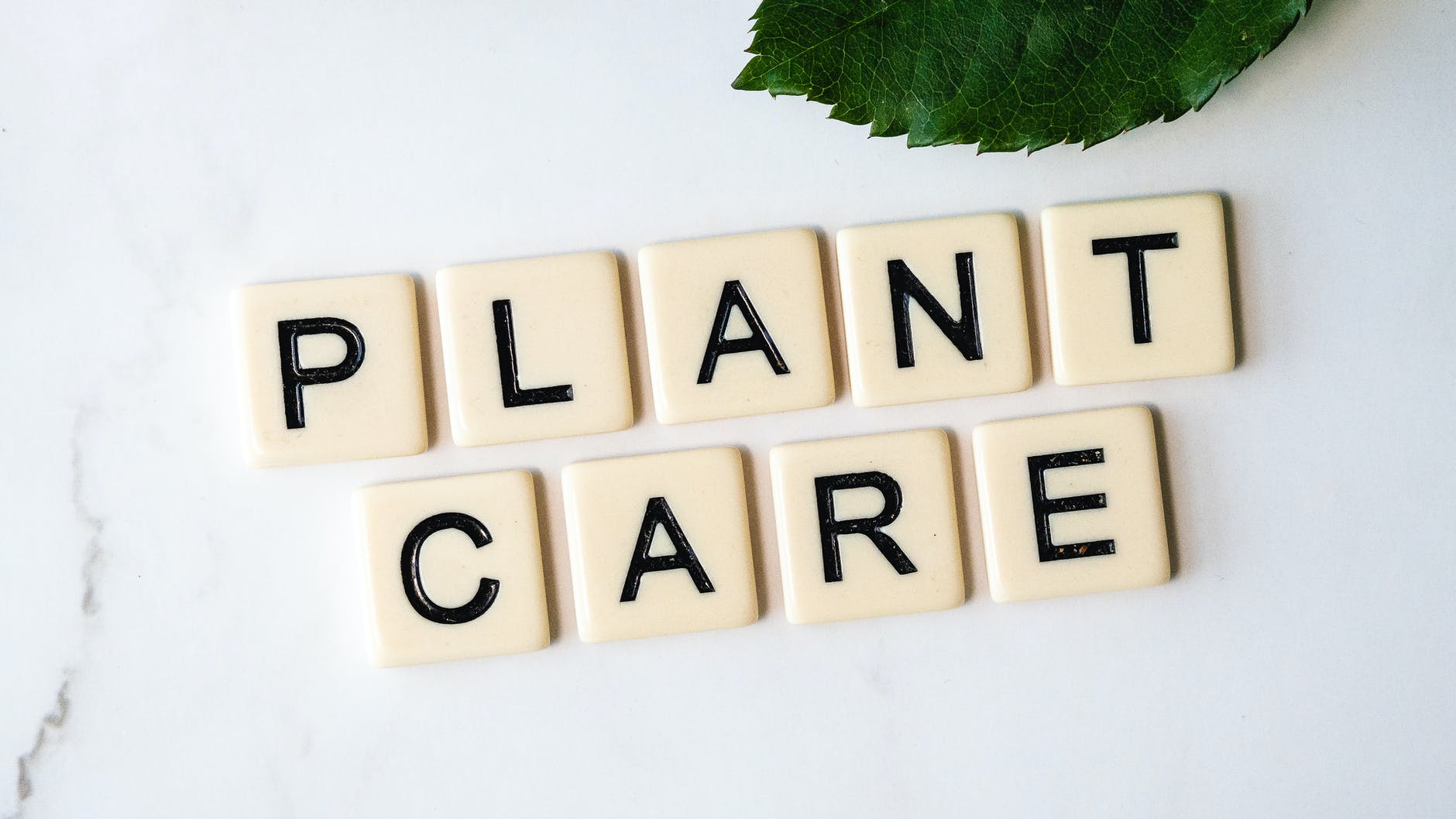Melissa Jakubec and John Belshaw presented on “The Case of the Accidental Open Textbook” as part of day 2 of the OERxDomains21 conference. I was intrigued by the title yesterday. How can I make an accidental open textbook? Belshaw teaches indigenous history and talked about the balance of a “settler” teaching indigenous histories and not having indigenous history in the curriculum. Belshaw mentioned being familiar with open access and OER. They put together a course development team. Belshaw talked about how the team came together and how they brought expertise from indigenous histories, pedagogies, open education, and the political context. They worked on collaborative documents and Jakubec showed examples. Importantly, Jakubec talked about the limitations and challenges of using an LMS such as Moodle for a lot of text on a screen. While Moodle books have advantages, the team was leaning towards PressBooks sites because of the flexibility and options to download or view the material. I have used PressBooks and have three going. I agree about the benefits of having multiple options for learners to “consume” the material. They also used a WordPress site for student engagement and sharing what students were writing and reading about. They also worked with their Intellectual Property Office to ensure everything was open and had a graphical artist help find appropriate images. Jakubec talked about the importance of including a glossary and territorial acknowledgment. They mentioned they are gathering feedback from users and want others to start editing and creating. What strikes me is how careful they were about including appropriate representation and images from both the cultural and copyright perspectives. They also spoke about the challenges of version control and collaborative editing with PressBooks. This drawback is one I have been considering as I learn more about other platforms like Manifold and PubPub.
Brenna Clarke Gray then presented a session entitled “Let It Break or Be broken: Care, Moral Stress, and the University.” Clarke Gray talked about the wording used in their land acknowledgement to refer to being an uninvited guest instead of a guest (which implies relationally). I thought this was meaningful and thought-provoking. Clarke Gray talked about their role at the university and how at the beginning of the pandemic “I was so happy to be talking about care… but I was also burning out. Quickly.” I appreciate the honesty. Referring to the “Tricky Truth About Care” and how care is “strategically useful to the institution to cultivate on the micro level” Clarke Gray talked about how is care supported.
Care cannot be extracted in perpetuity.
Brenna Clarke Gray, OER x Domains 21
Clarke Gray asked: “what next?” and “who bears the brunt of that choice [to let the system break]?” Moral stress and moral injury were mentioned. I was able to reproduce part of a slide that Clarke Gray presented that made me think about moral injury and moral stress.
Moral injury is caused when we transgress our own personal morals or ethics in order to serve something/one else, and it emerges from the research on military and health care service. A less trauma-dependent analogue, moral stress, is useful for understanding burnout in times of crisis.
Brenna Clarke Gray, OERxDomains21
If we “let it break” what is the institution’s duty to care? “Moral repair requires an acknowledgement of systemic pressures.” This session had some many quotable thought-provoking lines. Are individuals left to do the repair? During the question and answer part of the session, several audience members expressed feeling the same moral stress and systemic pressures. The last phrase that Brenna left us with was:
People have to be resilient only when they have been failed structurally.
Brenna Clarke Gray, OERxDomains21
What can we do about this? Beyond celebrating resilience, how can we increase support for all? These two sessions were very different but had some similarities. In order to support creativity of educators and access of materials (including OERs and open textbooks) by students, we have to prioritize care.



